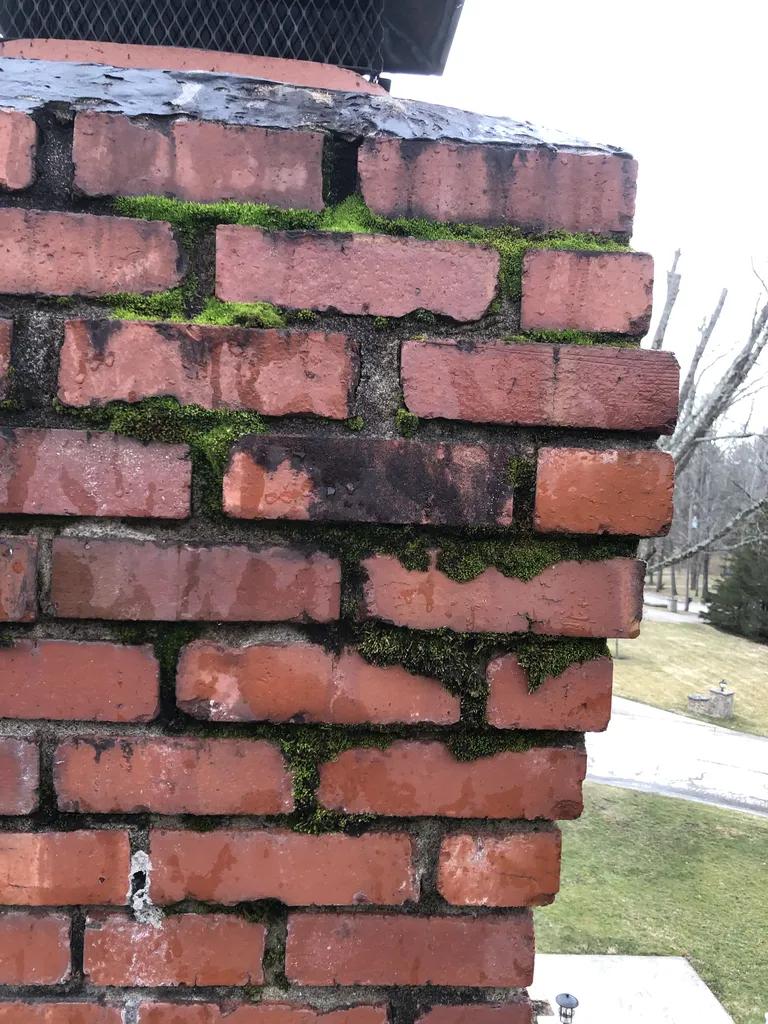Water infiltration through chimney flues can be a common issue in Missouri homes, especially during periods of heavy rain or snow. Understanding the causes and potential consequences of this phenomenon is crucial for homeowners to take appropriate preventative measures. In this article, we will explore the factors that contribute to water infiltration through chimney flues in Missouri, as well as provide insights on how to detect and address this issue effectively.
Table of Contents
- Understanding Water Infiltration in Chimney Flues
- Common Causes of Water Damage in Missouri Chimneys
- Effects of Water Infiltration on Chimney Flue Systems
- Recommendations for Preventing Water Damage in Chimneys
- Q&A
- Concluding Remarks

Understanding Water Infiltration in Chimney Flues
Water infiltration in chimney flues can be a common issue for homeowners in Missouri. Understanding how water enters the chimney and the potential risks associated with it is crucial for maintaining the safety and integrity of your home. Here are some key points to consider:
- Causes of Water Infiltration: Water can enter the chimney flue through a variety of sources, such as damaged flashing, cracked masonry, or a missing chimney cap.
- Risks of Water Damage: Water infiltration can lead to a range of issues, including deteriorating mortar, rusted damper components, and even structural damage to the chimney and surrounding areas.

Common Causes of Water Damage in Missouri Chimneys
When it comes to water damage in Missouri chimneys, there are several common causes that homeowners should be aware of. One major culprit is a damaged chimney cap, which can allow rainwater to seep into the chimney and cause damage over time. Additionally, missing or cracked chimney crown can also lead to water infiltration, as it fails to adequately protect the chimney structure from moisture.
Another potential cause of water damage in Missouri chimneys is deteriorating mortar joints. When the mortar between the bricks deteriorates, it creates openings for water to enter the chimney and cause damage. Additionally, flashing around the chimney that is cracked or improperly installed can also contribute to water infiltration. It is important for homeowners to regularly inspect their chimneys for these common causes of water damage and address any issues promptly to prevent costly repairs down the road.

Effects of Water Infiltration on Chimney Flue Systems
Water infiltration in chimney flue systems can have detrimental effects on the overall integrity of the structure, especially in areas like Missouri where extreme weather conditions are common. The presence of water in the flue can lead to the following issues:
- Corrosion: Water can cause metal components of the chimney flue to rust and deteriorate over time.
- Masonry Damage: Moisture can weaken the masonry materials in the chimney, leading to cracks and crumbling.
- Mold and Mildew Growth: Excess moisture in the chimney can create a favorable environment for mold and mildew to thrive, posing health risks to inhabitants.
It is essential for homeowners in Missouri to be proactive in preventing water infiltration in their chimney flue systems. Regular inspections and maintenance, including the installation of a chimney cap or waterproof sealant, can help protect against these potential issues. By taking the necessary steps to address water infiltration, homeowners can ensure the longevity and safety of their chimney flue systems.

Recommendations for Preventing Water Damage in Chimneys
One of the key is to install a chimney cap. A chimney cap is a protective covering that goes over the top of the chimney, helping to prevent rainwater and debris from entering the flue. This can help to reduce the risk of water infiltration and damage to the chimney structure.
Additionally, regular chimney inspections and maintenance are essential for preventing water damage. By having a professional chimney sweep inspect the chimney on a regular basis, any potential issues such as cracks or leaks can be identified and addressed before they become major problems. Ensuring that the chimney is in good condition and properly sealed can help to prevent water from infiltrating the flue and causing damage to the chimney and the surrounding structure.
Q&A
Q: What is water infiltration through a chimney flue?
A: Water infiltration through a chimney flue occurs when water seeps into the chimney cavity through cracks or gaps in the flue structure, causing damage and potential safety hazards.
Q: How can water infiltration impact a chimney?
A: Water infiltration can lead to a variety of issues, including deterioration of the chimney structure, corrosion of metal components, mold growth, and potential fire hazards.
Q: What are common signs of water infiltration through a chimney flue?
A: Common signs of water infiltration include rust or corrosion on metal components, water stains on the interior walls of the chimney, damp odors, and visible cracks or gaps in the flue structure.
Q: How can homeowners prevent water infiltration through their chimney flue?
A: Homeowners can prevent water infiltration by ensuring their chimney is properly maintained, including regular inspections and repairs, installing a chimney cap to prevent water from entering the flue, and keeping the chimney clean and free of debris.
Q: What steps should be taken if water infiltration is suspected?
A: If water infiltration is suspected, it is important to contact a professional chimney sweep or repair specialist to assess the situation and address any necessary repairs to prevent further damage.
Concluding Remarks
In conclusion, understanding the importance of a properly functioning chimney flue in Missouri is vital to prevent water infiltration and protect the structural integrity of your home. By being proactive in maintaining your chimney and addressing any issues promptly, you can significantly reduce the risk of water damage and costly repairs. Remember to consult with a professional chimney inspector or contractor if you suspect water infiltration through your chimney flue. With the right knowledge and maintenance, you can keep your home safe and dry for years to come. Thank you for reading and stay informed for a healthier home.


